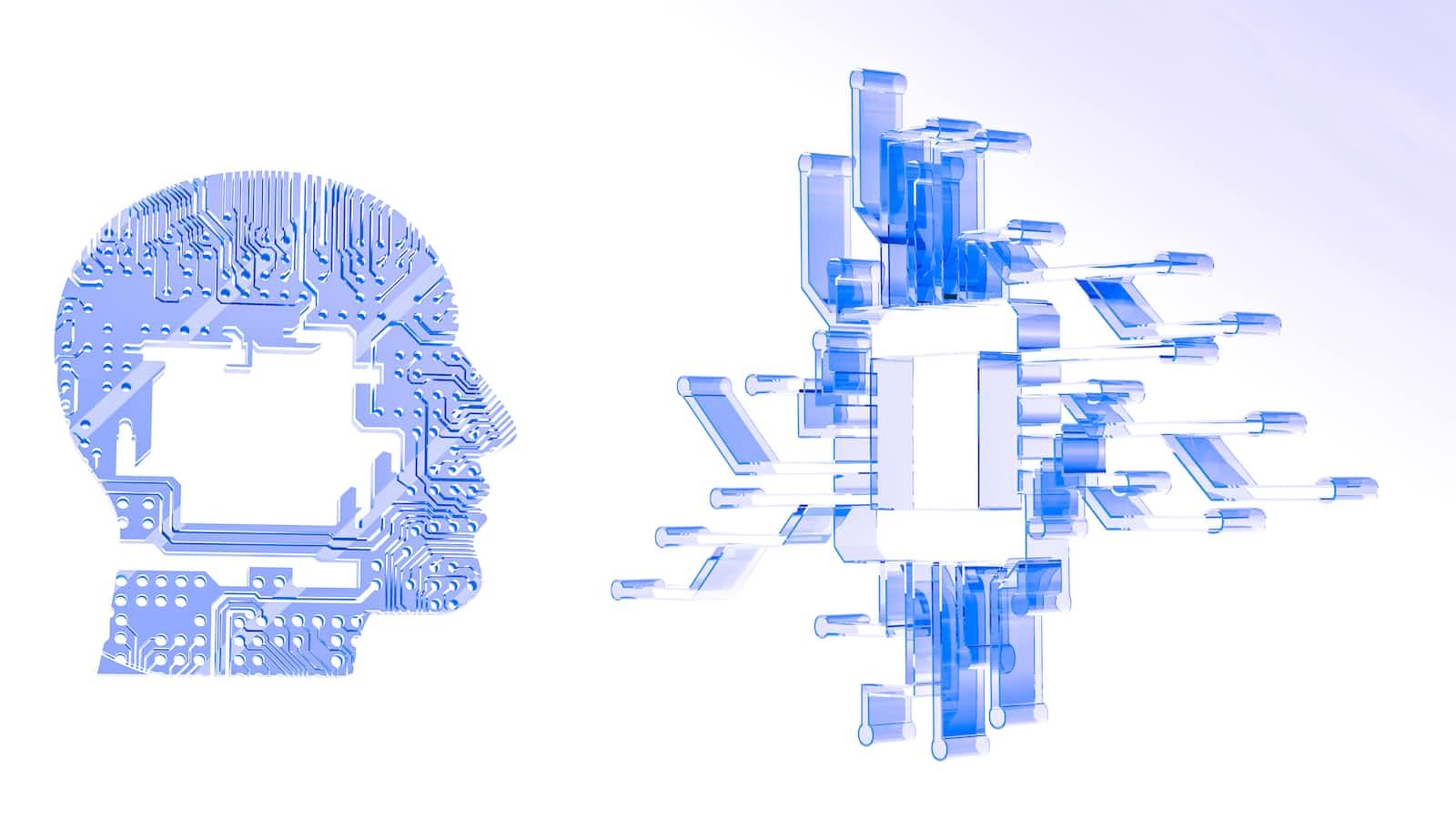The Evolution of Remote Security Monitoring
What Is Remote Security Monitoring?
Remote security monitoring represents a fundamental shift in how organizations approach security challenges. It integrates advanced technologies and specialized tools to detect, analyze, and respond to security threats in real time, all with the support of remote security personnel.
This approach offers organizations several strategic advantages:
- Reduced operational costs through technology optimization
- Enhanced efficiency in threat detection and response
- Improved organizational resilience against evolving security threats
- Ability to maintain comprehensive security coverage with limited personnel
How AI Transforms Security Monitoring
Artificial intelligence and machine learning algorithms have revolutionized remote video monitoring by significantly extending human capabilities. These technologies excel at:
- Automating complex tasks - AI handles tedious processes including data collection, analysis, correlation, and prioritization
- Providing actionable intelligence - Security teams can program AI systems to identify anomalies, alert on suspicious activities, and recommend appropriate responses
- Learning and adapting - AI continuously improves by learning from past incidents and adapting to new scenarios, enhancing monitoring accuracy and effectiveness

Key Benefits of AI-Powered Remote Monitoring
Reduced False Alerts
One of the most significant challenges in traditional security monitoring is the high volume of false alerts that can overwhelm security teams. AI addresses this problem by:
- Filtering out irrelevant or benign events that don't represent actual threats
- Improving the signal-to-noise ratio in security monitoring
- Reducing the risk of missing critical events or subtle indicators of compromise
- Increasing overall detection rates and shortening response times
Enhanced Scalability
Modern organizations often have complex, distributed environments that are challenging to monitor effectively. AI-powered solutions offer:
- Ability to handle large volumes of video data across multiple locations
- Consistent performance regardless of environment complexity
- Flexibility to scale up or down based on changing needs
- Adaptation to infrastructure changes or shifts in people flow within premises
Cost Efficiency
AI delivers significant cost advantages by transforming how security resources are allocated:
- Automating labor-intensive tasks like CCTV surveillance and data analysis
- Reducing the need for extensive human monitoring resources
- Allowing security personnel to focus on response and remediation rather than constant monitoring
- Enabling organizations to achieve higher security standards without increasing staff
Continuous Improvement
Unlike static security systems, AI-powered monitoring constantly evolves:
- Learning from accumulated data and human feedback
- Improving accuracy and reliability over time
- Discovering new patterns and trends that might indicate emerging threats
- Uncovering previously hidden security vulnerabilities and opportunities
The Future of Security Is AI-Driven
Organizations that implement AI-powered remote monitoring gain a competitive edge in security management. This technology enables:
- A significantly enhanced security posture
- Reduced exposure to various security risks
- Improved business outcomes through more efficient resource allocation
- Proactive rather than reactive security management
Expert Implementation Partners
Knighthood has been implementing cutting-edge security solutions for over 4 years. We have established a strategic partnership with Staqu Technologies to deploy their AI video analytics solution Jarvis, which is currently used by over 100+ customers across India.
Our commitment focuses on delivering:
- High-quality service levels at competitive prices
- Customized security solutions based on organizational needs
- Expert implementation and ongoing support
If you're exploring AI-powered security monitoring solutions, connect with us to discuss how we can address your specific security challenges. Our track record includes successful partnerships with over 200+ organizations spanning more than 5 years. For more information about our value proposition, you can read about why customers choose to work with us.
Frequently Asked Questions
Q: How does AI reduce false alerts in security monitoring?
A: AI uses advanced algorithms to analyze video data and distinguish between normal activities and genuine security threats. By learning patterns of typical behavior, AI can filter out benign events that would trigger false alarms in traditional systems, allowing security teams to focus only on legitimate concerns.
Q: What makes AI-powered monitoring more scalable than traditional systems?
A: AI systems can process massive amounts of video data simultaneously across multiple locations without performance degradation. This scalability allows organizations to expand monitoring coverage or adapt to changing environments without proportionally increasing resources or compromising security effectiveness.
Q: How does remote monitoring with AI impact security staffing requirements?
A: By automating surveillance and analysis tasks, AI allows organizations to optimize their security staffing. Personnel can focus on responding to verified threats rather than continuously watching monitors, enabling higher security standards without expanding the security team.
Q: How quickly can AI-powered systems detect and respond to security threats?
A: AI systems can identify threats in real-time, often detecting suspicious activities within seconds. This rapid detection allows for immediate alerts to security personnel, significantly reducing response times compared to traditional monitoring methods that rely solely on human observation.
Q: What types of security threats can AI-powered monitoring detect?
A: Advanced AI systems can detect various threats including unauthorized access, suspicious behavior patterns, abandoned objects, perimeter breaches, and crowd formation. The technology can be customized to recognize specific threats relevant to particular business environments or security concerns.
Q: How does the continuous learning aspect of AI improve security over time?
A: AI systems learn from each security event they process, gradually improving their threat detection accuracy. The system analyzes both successful detections and false alarms, refining its algorithms to better distinguish between normal activities and genuine threats, resulting in increasingly effective security monitoring.





